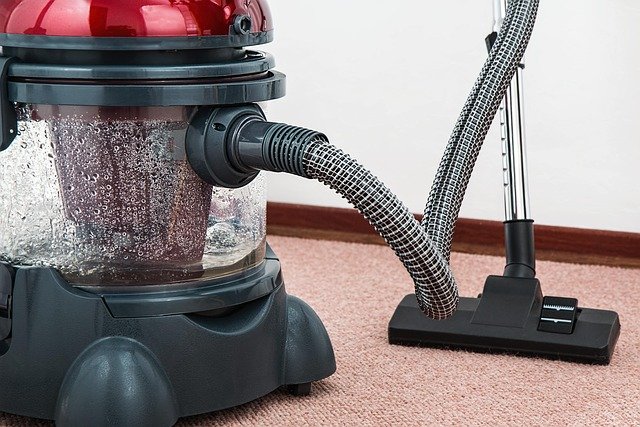Streamlining Facility Cleaning with Mobile Supply Systems
Mobile supply systems centralize cleaning supplies on compact, wheeled units to support faster, more organized sanitation and maintenance. This short overview highlights how mobility, storage, and ergonomic design contribute to consistent workflows and improved accessibility across different facility types.

Mobile supply systems are compact, wheeled units equipped with the tools and consumables teams need for routine cleaning, sanitation, and maintenance. By placing essential items at the point of use, these systems reduce trips to storage rooms, improve response times for spill or contamination events, and support predictable inventory control. Well-configured units address accessibility and organization, enabling staff to focus on consistent cleaning practices rather than locating supplies.
Mobility and maneuverability
Mobility and maneuverability are central to effective supply systems. Smooth swivel casters, low-profile frames, and balanced loading let staff move equipment through corridors and into tight spaces without excessive force. Good mobility shortens transit times between tasks and reduces interruptions to building occupants. Choosing units sized to fit facility layouts and aisle widths prevents traffic bottlenecks and ensures carts do not obstruct emergency routes or access points.
Storage and inventory management
Storage and inventory management features help maintain continuous supply levels and organized workflows. Shelves, modular bins, and lockable compartments keep paper goods, chemicals, and single-use items separated and easy to count. Clear labeling and designated slots expedite restocking, while simple inventory controls—checklists or basic barcode tags—help track usage and reduce both shortages and overstocking. Organized storage also helps prevent mixing incompatible products and supports regulatory compliance for chemical handling.
Ergonomics and safety
Ergonomic design improves staff comfort and lowers the risk of injury during cleaning shifts. Height-adjustable handles, accessible compartments, and evenly distributed loads reduce awkward lifting and repetitive strain. Integrating safety features—spill containment trays, secure chemical holders, and wheel locks—minimizes accident risk. Training on correct lifting techniques and proper placement of heavier items on lower shelves reinforces safe practices and contributes to a healthier workforce.
Durability and modularity
Durability and modularity extend service life and adapt units to changing needs. Materials such as reinforced polymers, stainless steel, and corrosion-resistant coatings withstand frequent sanitization and chemical exposure. Modular designs with replaceable components allow facilities to reconfigure or repair parts instead of replacing entire units, supporting sustainability and reducing waste. Selecting rugged, maintainable systems can lower long-term replacement costs and simplify lifecycle management.
Hygiene and sanitation practices
Mobile supply systems support hygiene by separating clean and soiled items and by providing ready access to appropriate disinfectants and tools. Color-coded cloths and dedicated compartments reduce cross-contamination, while secure dispensers help control chemical use. Regular cleaning of the units themselves and scheduled replenishment of consumables maintain sanitation standards. Including small, sealed waste receptacles on the unit helps contain soiled materials until they can be handled according to facility procedures.
Workflow, accessibility, and organization
Integrating carts into daily workflows enhances consistency and efficiency. Stocking units for specific routines—restroom rounds, high-touch surface disinfection, or deep-clean tasks—allows staff to follow standardized procedures with minimal setup. Accessibility features like transparent drawers, easy-open latches, and clear labels speed item retrieval and reduce cognitive load during busy periods. Modularity offers flexibility: units can be reconfigured for seasonal changes, special projects, or to serve different departments while preserving organization.
Conclusion Mobile supply systems bring together mobility, storage, ergonomics, and sanitation to streamline facility cleaning and maintenance. Thoughtful selection and configuration of units—matched to facility layouts, staff workflows, and sustainability goals—can reduce wasted time, support safer practices, and improve inventory visibility. Regular inspection and simple maintenance of these systems help ensure they remain reliable tools for maintaining consistent hygiene and operational efficiency across diverse facility environments.






